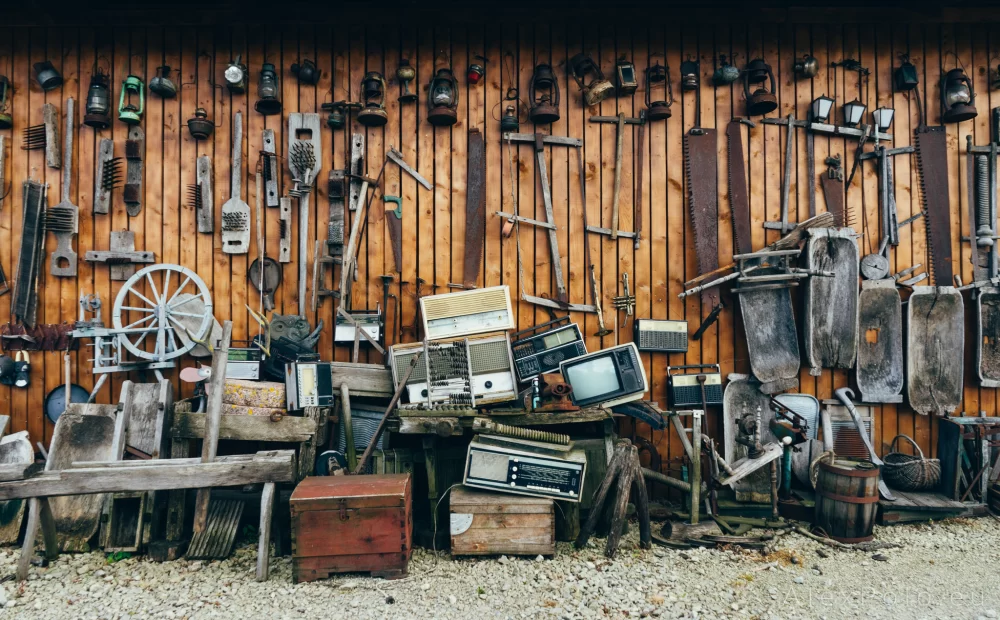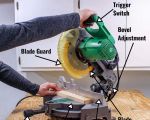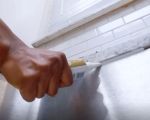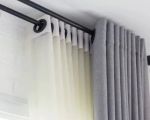Easy Home Improvement Projects for Beginners to Transform Your Space
When I first bought my home, I was eager to make improvements but was a bit overwhelmed by the idea of large-scale renovations. Being a beginner, I didn’t want to dive into complicated projects that required professional help or expensive tools. I quickly realized that there are plenty of simple home improvement projects that anyone, regardless of experience, can take on. Not only do these projects enhance the aesthetics of your home, but they also give you a sense of accomplishment, and often, they can be done with minimal investment.
In this article, I’ll walk you through several easy home improvement projects for beginners that I personally tackled, along with some helpful tips and tricks to make these projects as simple and rewarding as possible. Whether you’re looking to refresh a room, improve functionality, or add some personal touches to your space, these projects are a great way to get started with DIY home improvements.
1. Painting and Refreshing Walls
One of the easiest and most impactful changes you can make to a room is a fresh coat of paint. I remember when I first decided to paint my living room. It felt like a daunting task, but once I got started, I realized how simple and transformative it could be. Painting is a low-cost way to dramatically change the look and feel of any space, and it’s a perfect project for beginners.
Here are some key tips I learned when painting walls:
1.1. Prep Your Walls
Before applying paint, make sure to clean the walls to remove any dust or dirt. I also filled in any holes with spackle and sanded down rough patches. Proper prep work ensures that the paint goes on smoothly and lasts longer.
1.2. Choose the Right Tools
Using the right tools makes the job a lot easier. I used high-quality rollers for the walls and a smaller brush for the edges and corners. Don’t skimp on the quality of your tools—they’ll make your project go smoother and give you a more professional result.
1.3. Apply Multiple Coats
For a solid and even finish, I applied two coats of paint. This not only gave the room a more polished look, but it also helped cover up any imperfections in the old paint job. Be sure to let each coat dry fully before applying the next one.
2. Installing New Light Fixtures
Another simple home improvement project that can completely change the ambiance of a room is installing new light fixtures. Replacing old, dated light fixtures with modern ones is a beginner-friendly DIY project that doesn’t require electrical expertise if you follow the correct safety guidelines.
Here’s what I learned about installing light fixtures:
2.1. Turn Off the Power
Before you start, always turn off the power to the area where you’ll be working. I made sure to switch off the circuit breaker to avoid any accidents. If you're unsure, it’s always a good idea to consult a professional electrician.
2.2. Choose a Fixture That Fits the Space
When selecting new light fixtures, I made sure to pick one that not only matched the decor of the room but also provided adequate lighting. For example, I chose a statement chandelier for the dining room and a simple, sleek pendant light for the kitchen.
2.3. Follow Instructions Carefully
Installing light fixtures can be straightforward if you follow the manufacturer’s instructions. Most light fixtures come with clear step-by-step guides. I took my time, and after attaching the wires and securing the fixture, I was able to enjoy a fresh new look with improved lighting!
3. Creating DIY Storage Solutions
If you're like me, you probably have areas in your home that feel cluttered and disorganized. One of the best ways to improve your home’s functionality is by adding storage solutions. Simple DIY projects like building a shelf, organizing the closet, or even creating custom storage boxes can make a huge difference.
One of my favorite projects was building a floating shelf in my bathroom. Not only did it help me organize my toiletries, but it also gave the room a more polished, clean look. Here’s how you can do it:
3.1. Measure and Mark
Start by measuring the wall where you want the shelf to go. Mark the locations for the brackets, ensuring they’re level. I used a stud finder to make sure the shelf was anchored into the wall studs for maximum stability.
3.2. Assemble the Shelf
After gathering the materials—wood planks, brackets, screws, and a drill—I assembled the shelf. It was a simple process of attaching the brackets to the wood and then securing the shelf to the wall.
3.3. Add Personal Touches
Finally, I added decorative items to the shelf, making it both functional and stylish. This small project helped me create much-needed storage in my bathroom without taking up too much space.
4. Updating Kitchen Cabinet Hardware
Sometimes the smallest updates can have the biggest impact. Replacing old, worn-out cabinet knobs and handles with fresh, modern hardware is a quick and easy way to upgrade your kitchen or bathroom. This simple project took me just a couple of hours and made a world of difference in the overall look of my kitchen.
Here’s how I updated my kitchen cabinet hardware:
4.1. Remove Old Hardware
Start by using a screwdriver to remove the old handles and knobs. If you’re replacing them with different sizes or styles, be sure to fill in any extra holes and sand them down.
4.2. Choose New Hardware
When choosing new hardware, I picked out handles and knobs that complemented my kitchen’s decor. I opted for brushed nickel to match the modern aesthetic. Make sure to measure the distance between holes before purchasing new hardware to ensure they’ll fit correctly.
4.3. Install the New Hardware
Once the new hardware was in hand, I used a drill to attach the knobs and handles. This simple task transformed my kitchen, giving it a fresh, modern feel without the expense of a full remodel.
5. Painting Old Furniture for a Fresh Look
Repurposing old furniture is another fun and cost-effective way to improve your home. I took an old dresser that had seen better days and gave it a fresh coat of paint. The process was straightforward, and it breathed new life into a piece of furniture I thought was ready to be thrown out.
Here’s how you can repaint furniture:
5.1. Sand the Furniture
Start by sanding down the furniture to remove the old finish and create a smooth surface for the paint to adhere to. I used a medium-grit sandpaper, followed by a fine-grit for a smooth finish.
5.2. Apply Primer and Paint
Next, I applied a coat of primer, followed by a few layers of paint. For a flawless finish, I used a high-quality brush and allowed each layer to dry completely before applying the next.
5.3. Add New Hardware
To complete the transformation, I replaced the old knobs with modern ones. This small touch made a big difference in the final result.
If you're looking for tools or supplies for your next DIY home improvement project, I highly recommend checking out ToolNest. They offer a wide range of products that will help you complete your projects with ease and precision!









